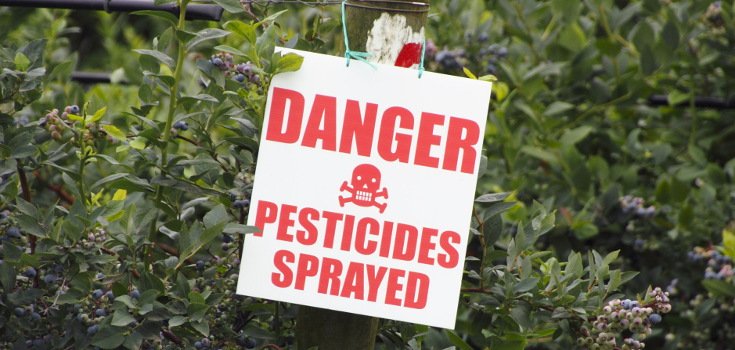Meta Analysis Finds Link Between Glyphosate and Cancer of the Lymph Tissue

About 30 years of research regarding non-Hodgkin lymphoma (cancer) and its correlation with occupational exposure to 80 agricultural pesticides and 21 chemical groups has linked glyphosate, the main ingredient in Monsanto’s Roundup, with cancer of the lymph tissue.
In a paper published in the International Journal of Environmental Research and Public Health, 44 papers representing studies in high-income countries found that there was a “striking increase” in the incidence of non-Hodgkin’s type lymphomas in the last 30 years.
Lymphomas are a special type of cancer that attack the immune system.
The paper explains that farmers have high cancer rates overall, and agrochemical exposure is likely the culprit, even among a group that normally has low across-the board mortality rates.
Among the pesticides studied, glyphosate exposure was found to be positively associated with a particular type of non-Hodgkin’s lymphoma – called B cell lymphoma. This best-selling toxin distributed primarily by Monsanto is just the tip of the iceberg, as pointed out by Sayer Ji of GreenMedInfo.
The inactive ingredients in Roundup have also been found to be carcinogenic even in the parts per trillion range, so the study brings attention to a phenomenon which was already coming to light in the scientific community.
The fact is, human blood is not ‘Roundup Ready.‘ As mentioned, the ‘inactive’ ingredients in Roundup are just as harmful, making ‘RoundUp Ready’ chemicals a toxic blood-venom none of us can ignore. The background context of one study are described:
“Today, the dissemination of glyphosate in the environment increases, and humans are permanently exposed to its action. Worst case scenario provides even ten-fold increase of using a glyphosate in the following years [32].
Considering the widespread and frequent use of glyphosate throughout in world, thus the current risk assessment is important because the exposure will concern not only the users of the preparations containing glyphosate, but also those who do not have direct contact with that herbicide.”
As these chemicals are used in a slap-dash cocktail, understudied, and haphazardly applied to our crops, it is no wonder that different types of cancers are showing up in the populations most closely tied to their use – such as with farmers, their families, and even children who go to schools or playgrounds near fields that are sprayed.
